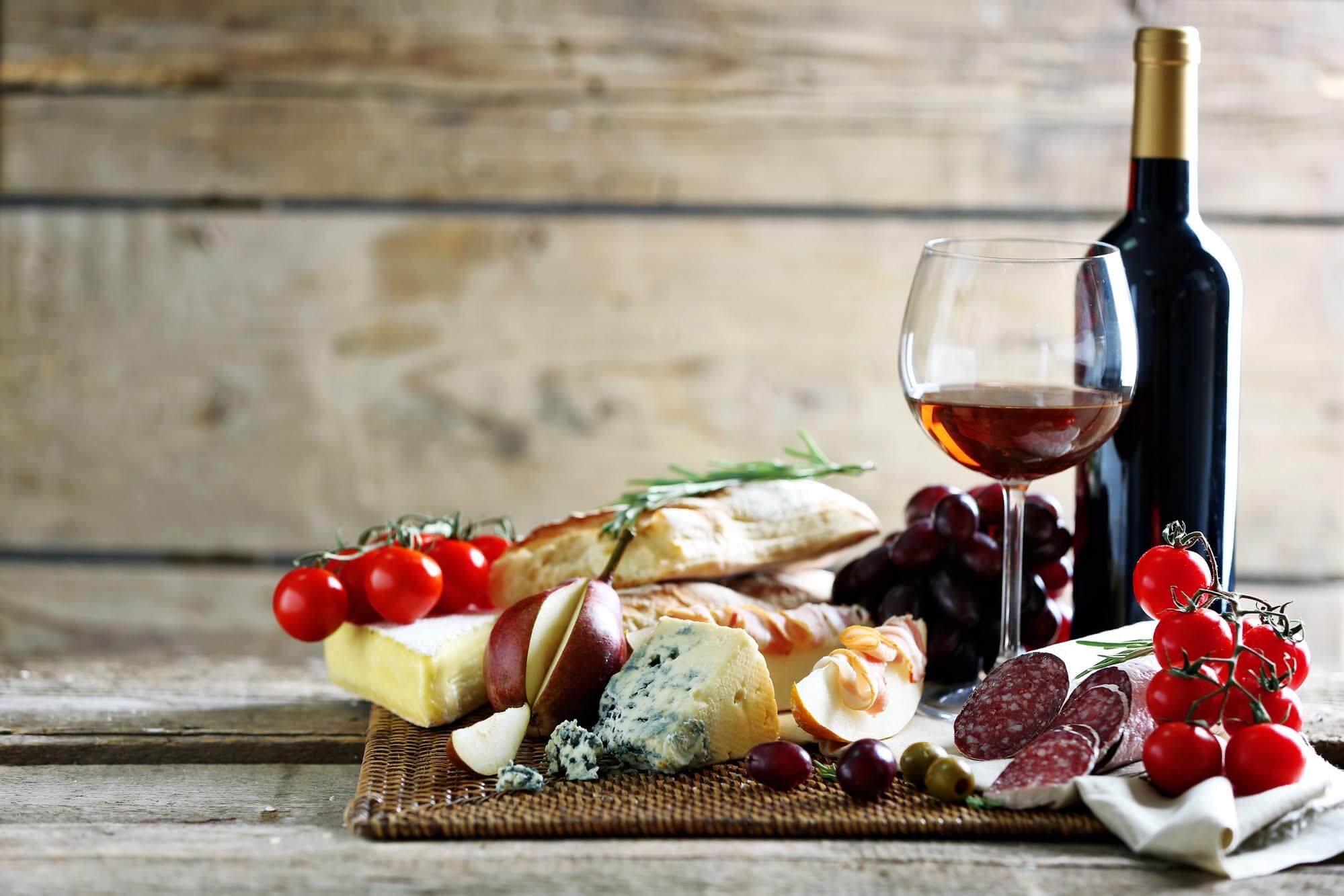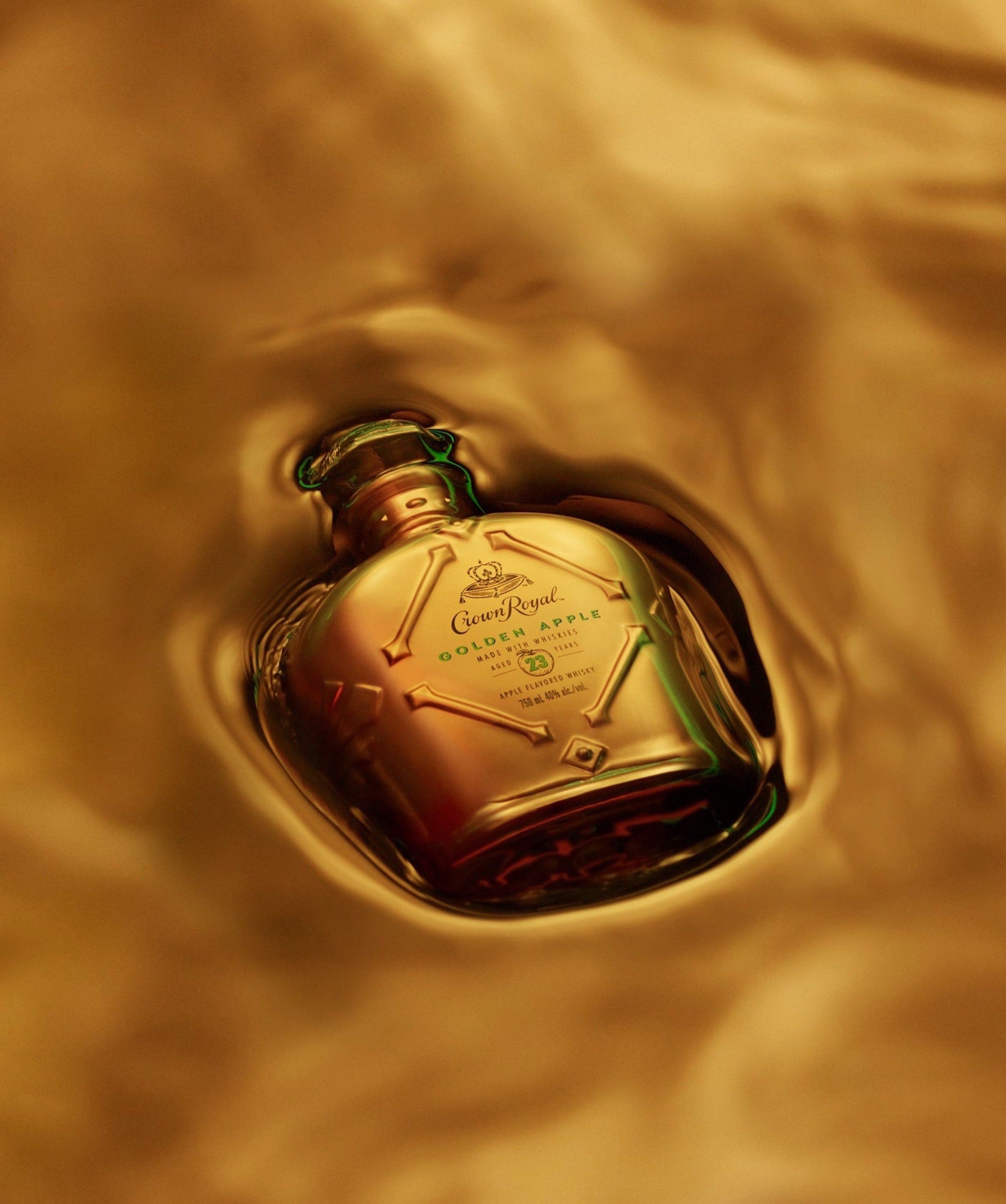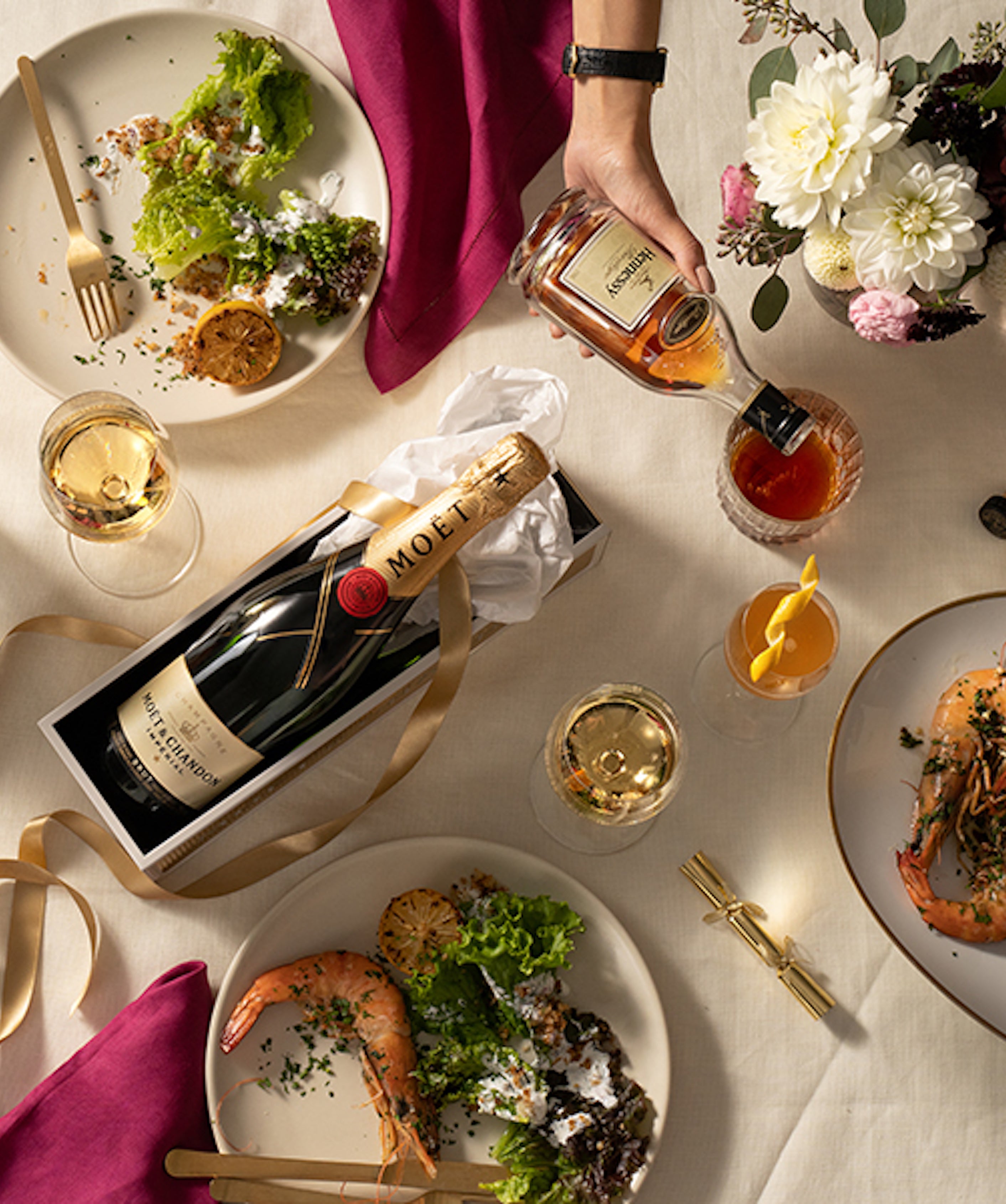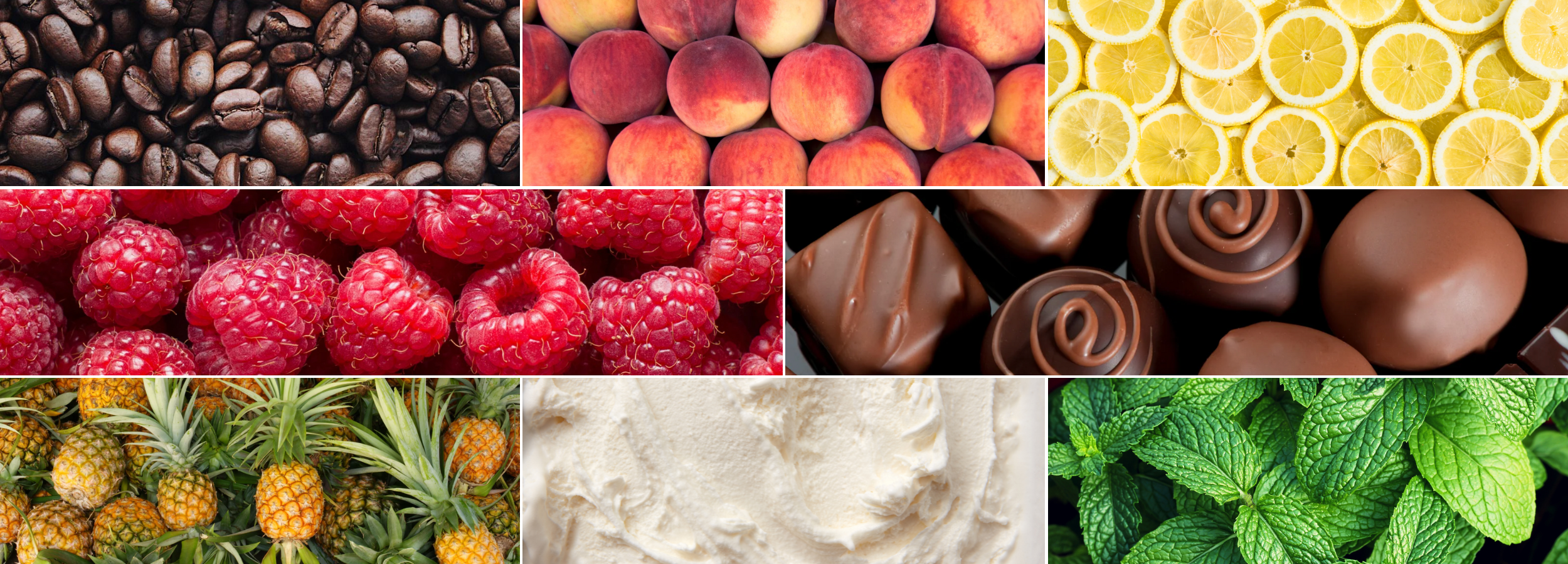
4 Important Rules for Matching Wine with Food
Pairing the right wine with food is a bit of an art but it’s not as hard as you might think.
There are a few simple rules you can follow that make sure you take the guesswork out of proceedings. In this guide, I’ve included the most basic rules that never fail and also some more specific guidelines if you really want to get creative! But, to be honest, the best rule is to just keep experimenting and have fun!
1. Choose a path
Pairing wine with food is done in two very different ways. It’s important that you choose the right path or you could end up with a disaster on your hands!
We can create a harmonious balance between wine and food by pairing a wine that exhibits similar taste characteristics as the food. This is called congruent pairing. The idea is to enhance the dominant flavor that is common to both elements, wine and food. An example of this is pairing sweet wines with desserts.
The opposite of this is a complimentary pairing. This is where we pair a wine with an opposite flavor characteristic to the food. It creates balance in a different way. Red wines high in tannin are often paired with rich meats like steak. This is an example of a complimentary pairing. The tannin in wine is great at breaking down fat in the meat while the fat is good at rounding the tannins.
But be mindful, though we can often choose a path (congruent or complimentary), sometimes one just doesn’t work.
2. Recognize the dominant flavor profiles in food
We just discussed the two different ways we pair wine with food. They rely on identifying the dominant flavor in the food and either enhancing it or contrasting it. But what are the flavor profiles we should be aware of?
With food, we can simplify things by categorizing flavor like this:
Salty - we can only balance salty food with a wine that counteracts the saltiness as salt isn’t a flavor of wine (and it’s not a flavor we usually want to enhance). Salty food is best paired with acidic wine. Sparkling wine goes really well with salty food too.
Acidic - the rule here is that the acidity of the wine should be greater than (or at least equal to) the acidity of the food. The wine might seem a bit lifeless otherwise. Congruent pairings are easy to make as lots of wines are acidic.
Sweet - sweet food like desserts pair really well with dessert wines. The wine should always be sweeter than the food. We don’t want to lose the wine in the food.
A wine that’s high in tannin should be avoided as the sweetness seems to highlight the astringent nature of tannin.
Fat - again, fat isn’t a component of wine so pairings that contrast are the only option. We want acidic, high-alcohol wines with fatty food. Tannic wines are also a good option. Tannin is great at cutting through the fat.
Bitter - though some wines can be slightly bitter, it’s not really a flavor that people enjoy. That means, contrasting pairings are the way to go here. Acidity usually counters bitterness well.
Spice - a slightly sweet, light bodied wine goes really well with spicy food. Although it really depends on the style of cooking. For example, Indian curry can be very rich while some spicy Chinese food can be much lighter.
3. Taste more wine
The only way you can truly do your food justice with the perfect wine pairing is by expanding your database of wine flavor profiles!
There are a staggering number of wines available, with new blends and region-specific grapes becoming available all the time. Not to mention brand-new wine regions making amazing wine. Places like England, Bulgaria, Texas, Georgia (making a comeback), and British Columbia are all making great wine in 2022. That means heavenly prospective pairings that nobody has probably even tried yet.
I mean you don’t need to try every wine you can get your hands on but make sure you have a good understanding of the flavor profiles across the spectrum. Get to know the popular grape varietals and what they can bring to the table.
4. Colors are a great fallback
Pairing the right wine with food is not always easy. It’s easy to overthink things and overcomplicate what’s needed.
Food is often not easily described as just one flavor. Sometimes there are 3 or 4 flavor profiles in a dish that need to be considered. Think about Thai food for example. One single dish often has components of sweetness, spiciness, saltiness, and sourness. In this case, try and choose the two most dominant flavors and match a wine to these.
With experience, you’ll be able to make more accurate pairings that match 3 or 4 flavors but this requires a really good knowledge of wine.
There’s also a simple fallback that usually works and it’s really easy to remember: White meat pairs with white wine. Red meat pairs with red wine.
It’s as simple as that. Let me explain it a little.
- White wine tends to be lighter and more acidic and these features do very well with more delicate meats which are usually cooked in more delicate sauces.
- Red wine contains tannins (in varying levels) which do a great job of softening meat and cutting through the fat. Red meat commonly comes with a richer sauce which benefits from tannin too.
Article written and researched by Tim Edison at Wineturtle.com







